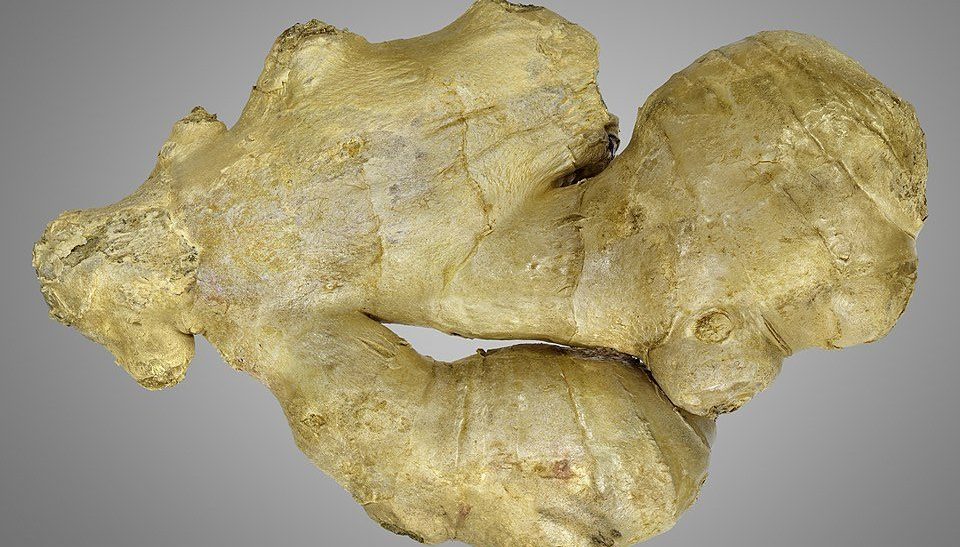The cultivation of ginger in sacks has become a booming business in Khulna, a famous industrial center in southwestern Bangladesh.
According to BSS News on June 25, 2024, 276 local growers who have ventured into this farming method are now expecting bumper yields.
In its part, the Department of Agricultural Extension (DAE) remarked that Khulna’s residents have now cultivated 13,895 sacks of the corms over 40 hectares. This registers an increase of at least 88% in the number of sacks, which were only 3,160 in 2023.
The same situation informs other districts where sack-based ginger farming has prospered. These districts have brought the national total to 69,935 sacks, covering 131.4 hectares.
The trend started in 2023 in Rasjahi, a district in the Bangladeshi mid-west, famous for its silk and textile trade.
Among districts that have greatly improved their production is Sathira, in the southwest, near Khulna. The area had 14,485 sacks under ginger by July 2024, a forward march from its 2023 total of 1,515 sacks.
Another district seeing improvements is Narail, a part of Khulna, whose sack ginger acreage has blossomed to 23 hectares. Some 2,270 growers have installed 13,895 sacks over this acreage.
Cultivating Ginger in Sacks
Going by the above success stories, it may seem like growing ginger in sacks is an easy task but it is not.
It takes a moderate mixture of equal amounts of fertile soil, sand and compost manure in a large sack to grow ginger seeds. Some farmers also use coconut fiber or dried leaves to draw out excess moisture in the sprouting layers.
Because of its affinity for slight acidity, ginger also requires soils that have a pH value of between 5.5 and 6.5.
The sowing starts in chaitro month, which is the last month of the Bengali calendar and it takes six months for the ginger to mature.
Farmers can then sell their produce at a price that seasonally oscillates between 180 and 300 taka ($1.53-2.54) a kg.
In short, farmers in Bangladesh are rapidly taking the new concept of ginger cultivation in sacks to the next level. And as the statistics below indicate, this method is but an aspect of an already huge ginger sector of Bangladesh.
Bangladesh Ginger Statistics
Ginger is one of the chief condiments of not just Bangladesh but the entire subcontinental India region. For this reason, production is always a priority. According to Banglapedia, Bangladesh produces an average 49,405 tonnes of ginger per year from around 19,055 hectares. However, production has increased to almost double that figure in the early 2020s. For instance, the country ranked 7th in world production at 81,715 tonnes in 2021, a list that India topped at 2.225 million tonnes.
How big an export is Bangladeshi ginger?
Though the bulk of the ginger output enjoys local consumption, Bangladesh still ranks as a major exporter. In 2021, the country rounded up the top 10 ginger-exporting nations’ list at 15,000 tonnes worth over $23 million. Only Indonesia, Vietnam, Thailand, Brazil, Nigeria, Peru, the Netherlands, India and China in ascending order exported more.
How do sack-based yields compare to conventional ginger yields in Bangladesh?
According to a Daily Star report, farmers get between 2.5 and 3 kg of ginger per sack. Besides, the method is cheap for it requires 22 taka ($0.19) in expenses per sack. In comparison, conventional rain-fed ginger production, in its part, yields 7.952 tonnes per hectare in Bangladesh.
